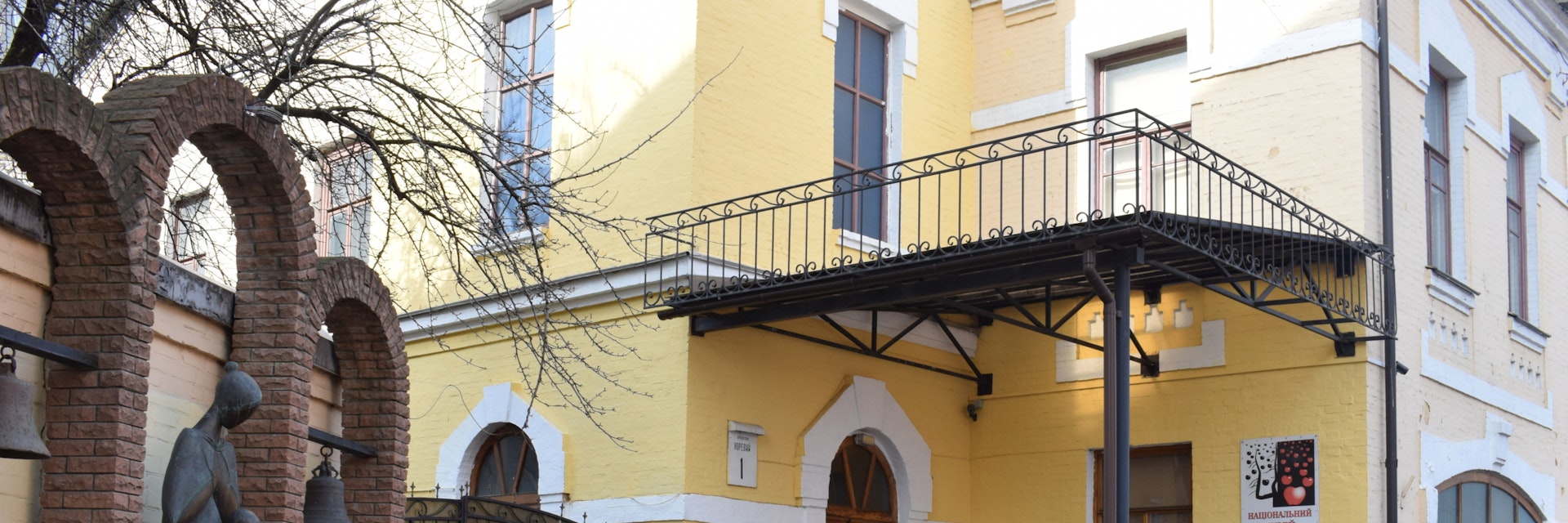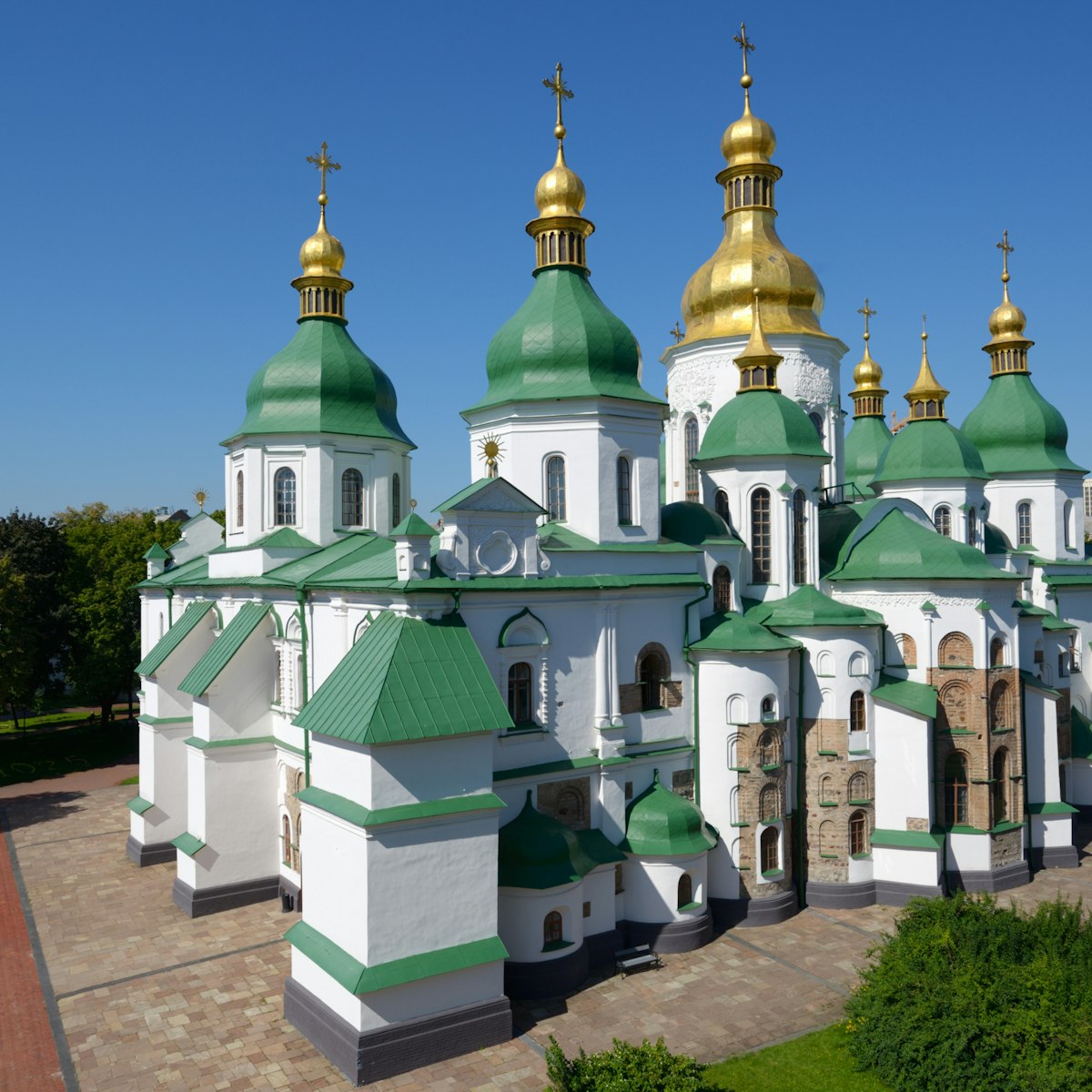It's hard to convey the full horror of the world's worst nuclear accident, but the Chornobyl Museum makes a valiant attempt. It is not so much a museum as a shrine to all the firemen, soldiers, engineers, peasants and whole villages that perished in the aftermath of the explosion of Chornobyl power plant reactor No. 4, on 26 April 1986. The exhibits are predominantly in Russian and Ukrainian, but 100-minute audio guides are available in English and several other languages.
The audio guides are hard to come by, so get there early if you want one. The signs above the stairs as you enter represent the 'ghost' cities evacuated from the Chornobyl area in the wake of the disaster. Among the highlights once you're inside are touch screens, funded by the Japanese government after Fukushima, that profile every village evacuated and every person who died as a result of the Chornobyl disaster. There's a multimedia time-lapse diorama that dramatically recreates the explosion of reactor No. 4 and the subsequent addition of sarcophagi over the years. Front pages of the New York Times and Philadelphia Inquirer from the days immediately following the accident are on display, and there are distressing photos of the sorts of deformities – in animals and humans – the accident caused.








